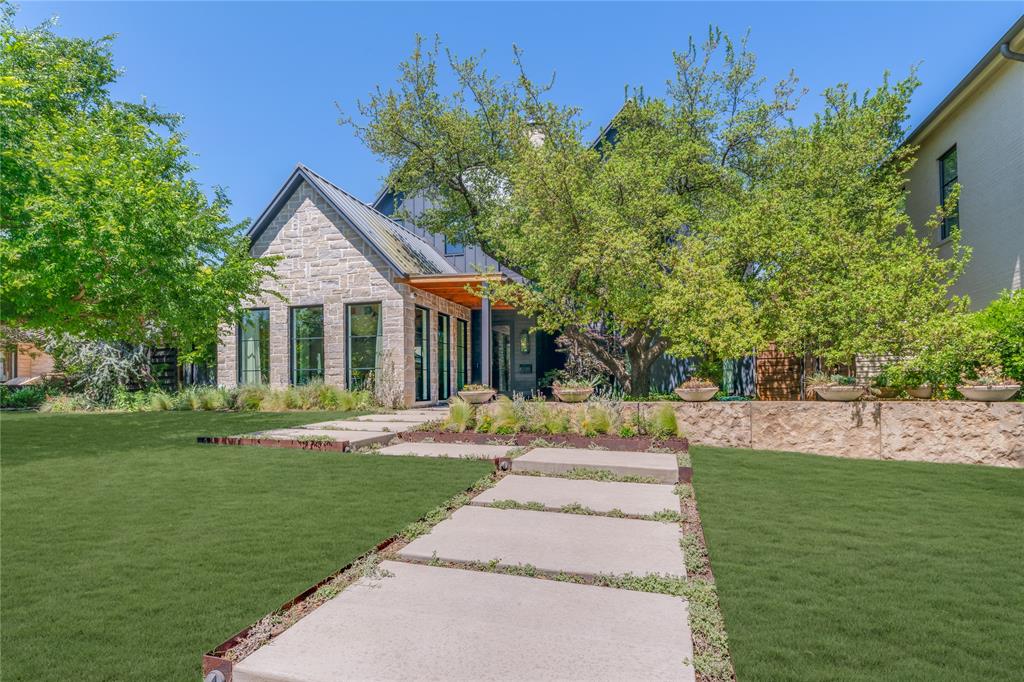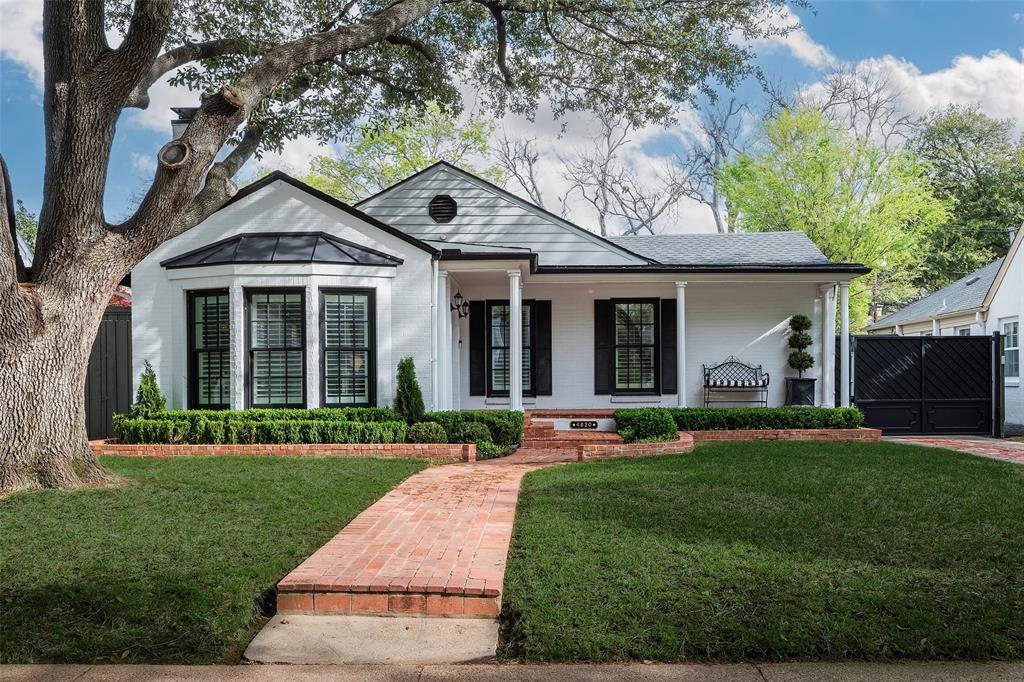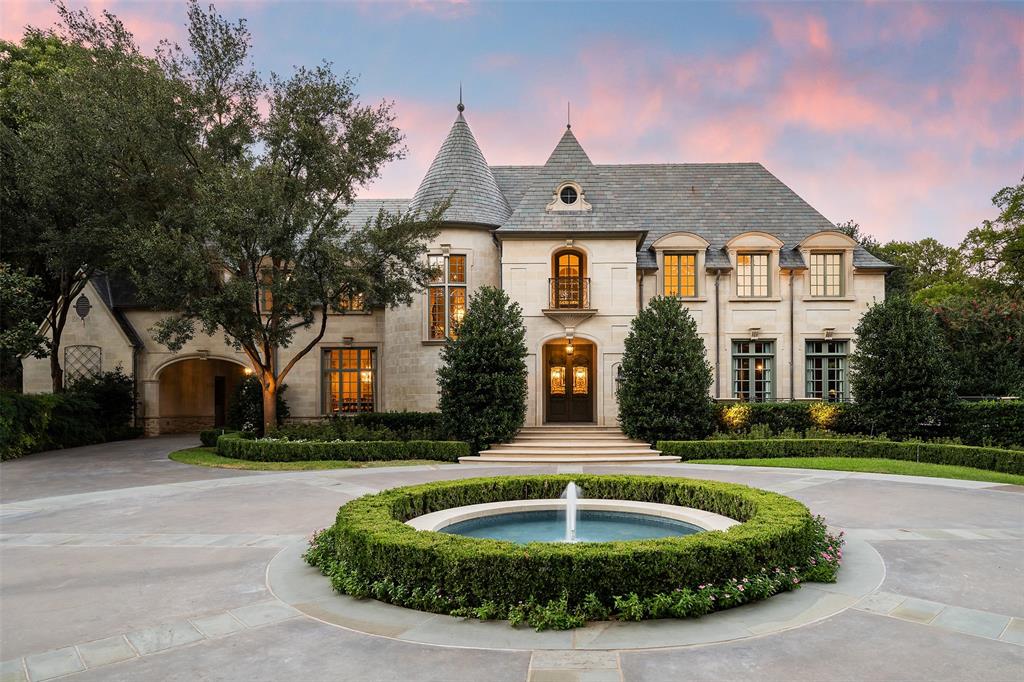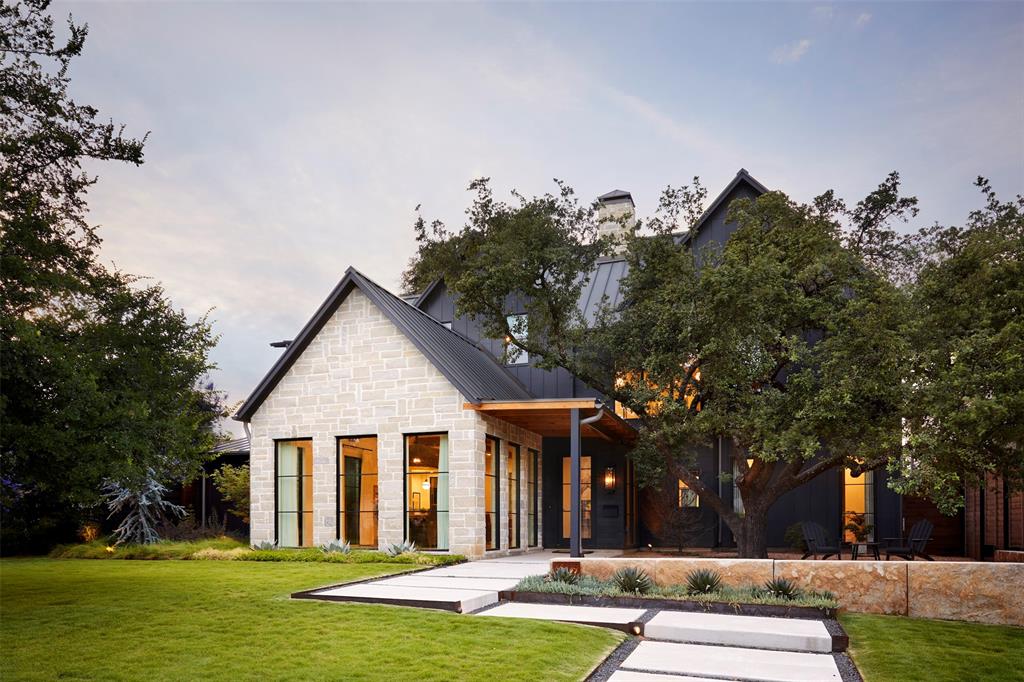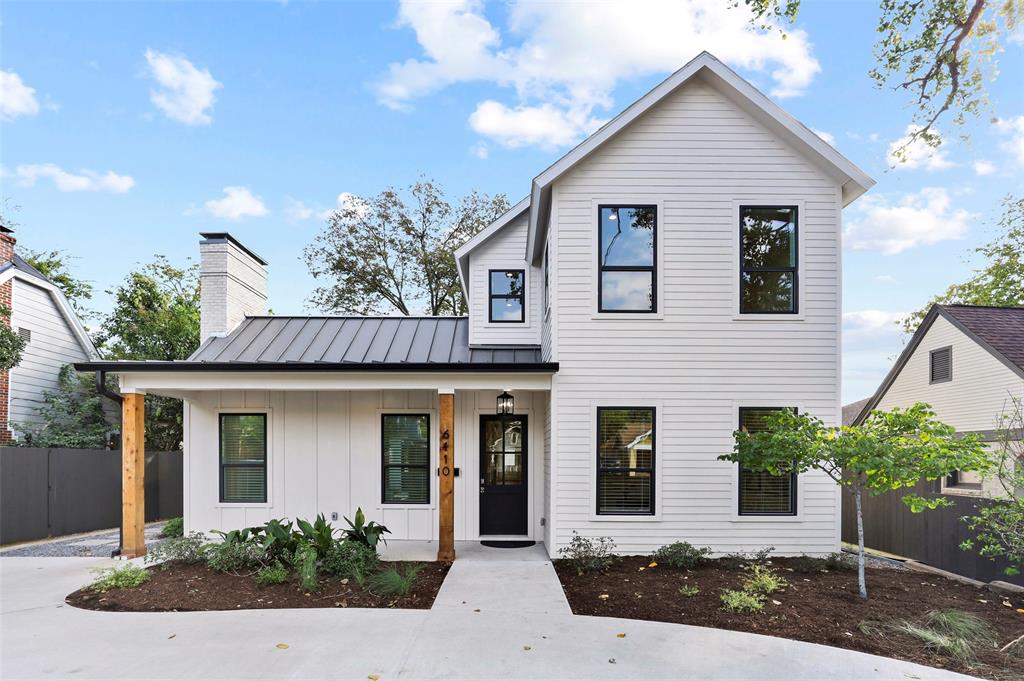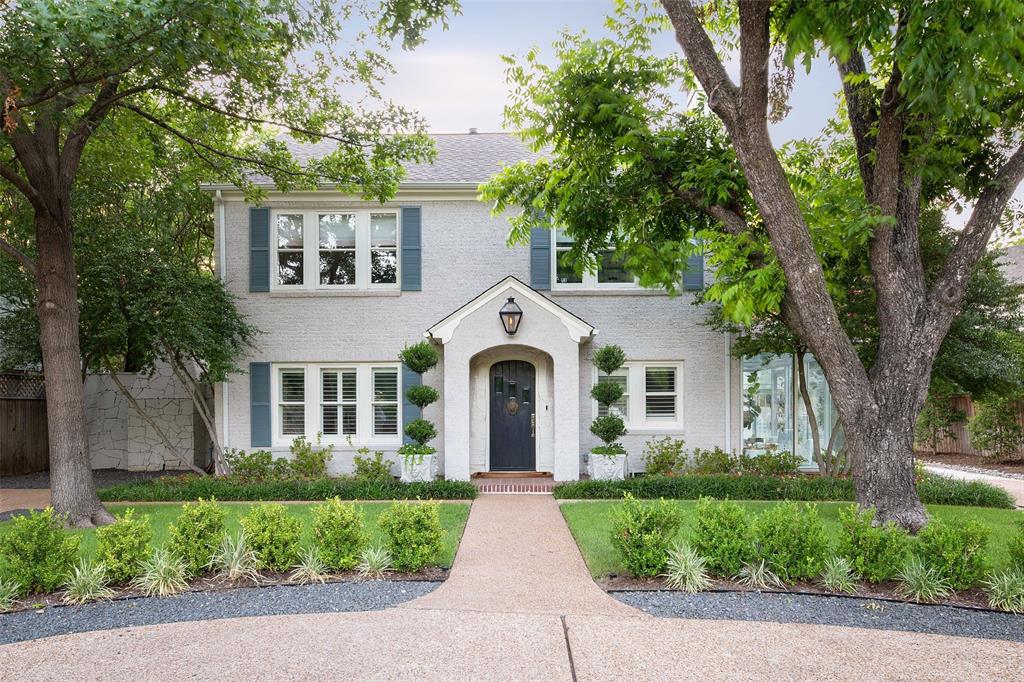Wilson Fuqua, Dallas Architect



Dallas and Texas Architect
Wilson Fuqua has made an impact on Highland Park in a similar way that Richardson Robertson has on Beverly Hills, California. It is not surprising that both of these architects have made an important contribution in these prominent neighborhoods. They attended UT Austin architecture school together and worked in partnership for two years in Dallas during the mid 1980s. They both approach residential design of substantial estate homes with a view of the estate homes designed in the first 25 years of the twentieth century when artisans were available to handcraft the hand-drawn detailing of European and American trained society architects. While Rick Robertson’s work in Beverly Hills is in the European tradition of creating monuments, Wilson Fuqua’s deliberately rejects recreating European monuments and works to create American masterpieces influenced by both European and American traditions.
Find a Wilson Fuqua Architect Designed Home for Sale
Douglas Newby specializes in selling architect designed homes off-market that are not in MLS. Retain Douglas Newby to help you purchase a Wilson Fuqua designed home off-market. Also Contact Douglas Newby to represent you for purchasing a Wilson Fuqua designed home that is in MLS.
Examples of Homes Architect Wilson Fuqua Designed
3920 Euclid Avenue, Dallas, Texas

This Norman French home was designed in 1993 and is a good example of an architecturally significant home from this period. The Texas Lueders rough back limestone is used for the surface of the steep roofed recessed turret embedded into the mass of the home. The turret is designed as an integral and distinct part of the home, not as a decorative appendage.
4400 Saint Johns Drive, Dallas, Texas

Wilson Fuqua was retained to redesign and renovate this proud old French neo-classical estate home in 2002. Working with the original footprint dictated that the proportions and many of the dimensions stayed true to the neighborhood as the home was totally reworked home.
4726 Drexel Drive, Dallas, Texas

Highland Park Mediterranean Style Home
This Mediterranean style home designed in 1919 along Hackberry Creek in Highland Park, is significant both architecturally for its renovation and for who has lived in the home over the years. Architect Wilson Fuqua did the renovation and expanded the home in one of the most beautiful and effective ways to enjoy the creek and lush gardens.
3926 Potomac Avenue, Dallas, Texas

While Hal Thomson is often associated with grand and opposing homes, he often created charming homes including the one in which he lived. On Potomac you will find the best of his work in this style and scale.
5022 Seneca Drive, Dallas, Texas

This early home in Bluffview was designed by Hal Thomson in 1936. In 2002, Wilson Fuqua renovated this prominent Dallas estate, keeping the character of this home found on the wooded, rolling terrain of Bluffview.
3940 Glenwick Lane, Dallas, Texas

When an architect is renovating and expanding a home in Volk Estates particular care has to be given not to interrupt the character of the most important neighborhood in the Park Cities. Wilson Fuqua did a marvelous job of doubling the size of the home, maintaining the original front facade, and preserving the power of the original design and creating new spaces that make the home all the more elegant.
3657 Maplewood Avenue, Dallas, Texas

This Italian eclectic home built in 1990 recalls the great houses of the 1920s. 9 foot doors and 11 foot ceilings create a vertical space as the home moves easily across the front axis and deep into the home with visually open horizontal space.
4304 Arcady Avenue, Dallas, Texas

In 1992, Wilson Fuqua carefully delineated the front door and the stacked architectural elements above to create a composition that stands alone, blends in, and contributes to the Spanish Colonial revival style of the home.
8602 Jourdan Way, Dallas, Texas

This architecturally significant home is certainly monumental, but more subdued than its European counterparts. Wilson Fuqua designed this home around a classical model that integrates outdoor spaces with vehicles like corner balconies, glazed conservatories and sunrooms, covered first floor and open second floor terraces, and a 50′ loggia.
3801 Gillon Avenue, Dallas, Texas

This 1915 English garden home is also designed by Hal Thomson. This romantic home was renovated by Wilson Fuqua in a way that allows the original home to recapture the imagination of Dallas and provide contemporary convenience for the owners.
Thoughts on the Contributions of Architect Wilson Fuqua Continued
Having gone to school in San Antonio and having worked there for two years in an architectural practice after graduation, Wilson was influenced by the city’s Kings Williams district. Wilson’s work is inspired by Hal Thomson and the great Highland Park architects from the 1920s. Wilson Fuqua designs for beauty and then figures out how to achieve that design with craftsmen and technology versus working with off-the-shelf materials and machinery. Whether it is renovation or new construction, Wilson strives for the best result by using materials or craftsmen best suited for the task. A furniture restorer might be brought in to finish the woodwork in a library versus the more typical choice of a painter or wood finisher.
The result of Wilson Fuqua’s approach is a fresh reinterpretation of detailing and design from the mansions and estate homes of the 1920s and the creation of detail and design that is sympathetic to the grace and grandeur of these early architecturally significant Highland Park and Preston Hollow estate homes. You will notice in all of Wilson Fuqua’s work the layers of detail in contrast to the single slabs of ornate detailing found in many homes. Whether the style is Mediterranean or French Norman, you will see in his homes tall, elegant windows and windows grouped together where a wall of light is called for. Rather than creating a facade on a flat plane, protruding wings add balance to the differing size rooms that march across the front facade.
Homes for Sale in MLS Designed by Wilson Fuqua
There are currently 0 Wilson Fuqua designed homes in MLS offered for sale.
No MLS Home Listings.
Homes Sold in MLS by Architect Wilson Fuqua
See 7 recent examples of homes designed by Wilson Fuqua sold in MLS.





